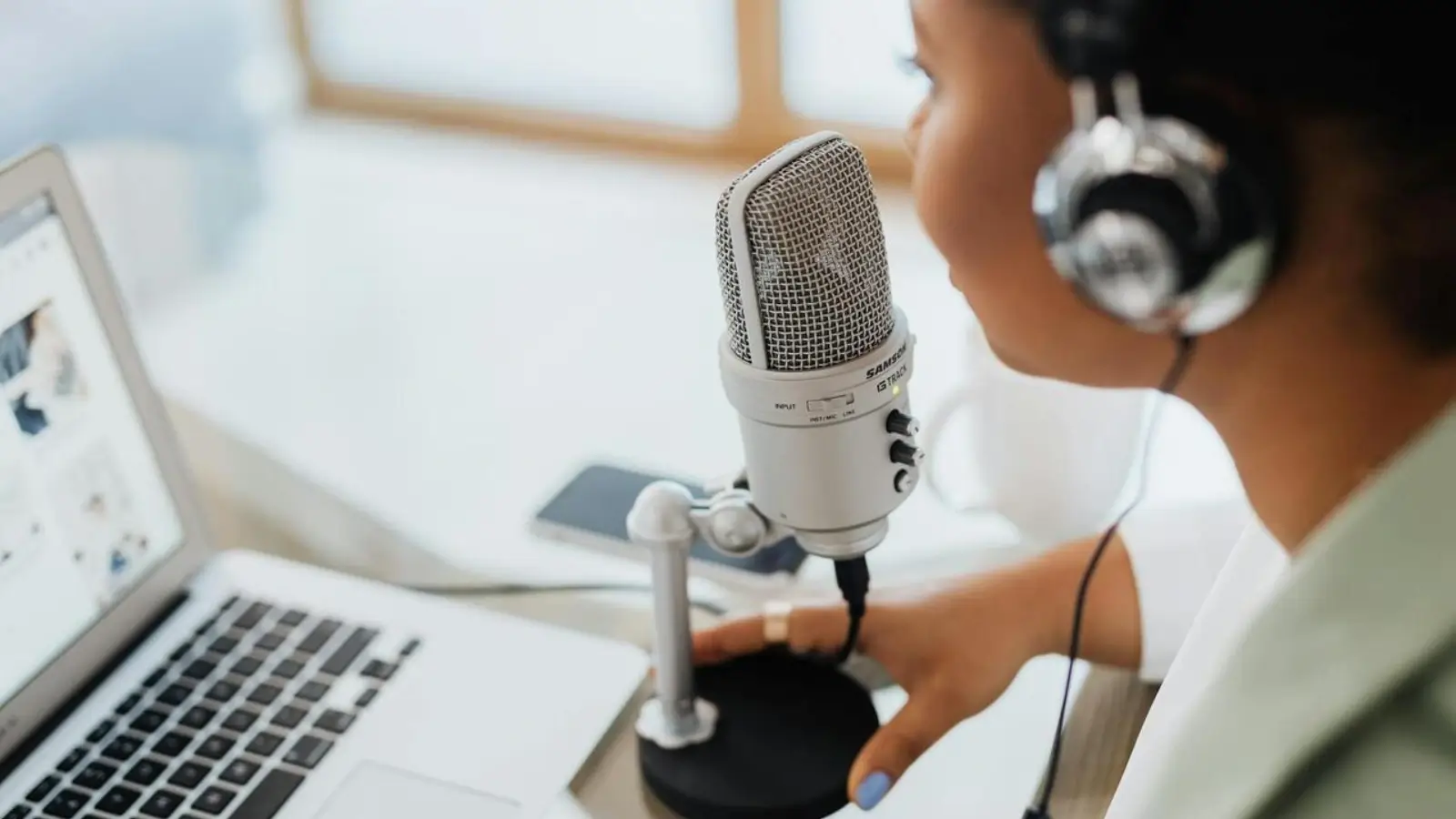


Have you ever wondered if a smart board can connect to any computer? The good news is that in most cases, you can connect a smart board to any modern computer.
However, to ensure full functionality, there are some important factors to consider, like connectivity, software, and compatibility.
Before diving into compatibility, it’s essential to understand what a smart board is. A smart board, also known as an interactive whiteboard, is a large display that connects to a computer and projector (or sometimes functions independently as an all-in-one unit).
It allows users to control computer applications directly from the screen, write or draw digitally, and interact with multimedia content using touch or digital pens.
Smart boards are widely used in classrooms, boardrooms, training centers, and even home offices to make learning and collaboration more interactive and efficient.
Yes, in most cases, you can connect a smart board to any modern computer. However, there are a few caveats you need to consider to ensure full functionality:
Let’s break each of these down in detail.
Smart boards typically connect to computers via a combination of USB, HDMI, or wireless technology. Here are the most common connection types:
Most smart boards require a USB cable for touch functionality. This USB connection enables communication between the smart board and the computer, allowing users to interact directly with the display. Almost every modern PC or laptop includes at least one USB-A or USB-C port, making this connection method broadly compatible.
To display video output from the computer on the smart board, an HDMI (or sometimes DisplayPort or VGA) connection is used. This is what allows your computer's screen to be mirrored or extended onto the smart board.
If your computer lacks an HDMI port (common in ultra-thin laptops), you may need an adapter or docking station.
Advanced models like the HKMLC Smart Board may support wireless screen mirroring technologies such as Miracast, AirPlay, or built-in apps. This allows computers and mobile devices to cast their screens without physical cables. However, for interactive features like touch or annotation, a USB or proprietary dongle connection may still be required.
Smart boards are generally compatible with major operating systems like Windows, macOS, Linux, and ChromeOS, but compatibility can vary based on the specific smart board brand and model.
Most smart boards are optimized for Windows environments. They typically include drivers or software designed to integrate seamlessly with Microsoft Office, web browsers, and common education platforms. If you're using a Windows PC, you're likely to get the most out of your smart board's features.
MacBooks and iMacs can also connect to smart boards, but users may experience limitations in terms of available drivers or feature support. Some board features like gesture recognition or handwriting-to-text conversion may not work unless macOS-specific drivers are available.
Support for Linux systems is usually limited and may require open-source drivers or community-developed software. If you’re running Linux, it's crucial to verify compatibility with your smart board model beforehand.
Many classrooms now use Chromebooks, which are compatible with some smart boards via browser-based apps or Google Cast. However, Chromebooks typically offer limited support for advanced interactive features.
Every smart board requires some form of driver or software suite to function properly. These are usually provided by the manufacturer and must be installed on the computer to enable full interactivity.
For example, the HKMLC digital board comes with dedicated software that supports digital whiteboarding, cloud integration, screen sharing, and multi-touch interactions. Installing the official HKMLC software ensures that your device operates with full functionality.
Always check the manufacturer's website for the latest versions of software and drivers. Skipping this step can lead to compatibility issues or limited feature access.
Here’s a simple guide for connecting a smart board to your computer:
Make sure the smart board is installed securely on a wall or stand. Position your computer close enough for cable connections if you're not using wireless methods.
Use an HDMI, VGA, or DisplayPort cable to connect the video output from your computer to the smart board’s input port. This will allow your computer’s display to show on the smart board screen.
Connect the USB cable from the smart board to your computer to enable touch and interactive features.
Install the appropriate drivers and any smart board software provided by the manufacturer. For the HKMLC Smart Board, installation files can typically be downloaded from the official website or included in a bundled USB drive.
Some smart boards require calibration to ensure accurate touch response. Follow the on-screen prompts or use the manufacturer’s calibration tool.
Test basic features like touch input, stylus interaction, and software applications. Make sure both the display and input functionalities are working correctly.
Even with the correct setup, issues may arise. Here are some common problems and solutions:
Not all smart boards are created equal. Some boards are optimized for specific environments or educational platforms. When selecting a smart board, consider:
The Smart Boards, for instance, is known for its broad compatibility, intuitive interface, and robust interactive software. It supports Windows, macOS, and Android environments and offers wireless screen mirroring, cloud integration, and up to 20 points of touch. Its built-in annotation tools and multi-user capabilities make it a top choice for classrooms and meeting rooms alike.
Whether you’re using a desktop, laptop, or Chromebook, you can almost always connect to a smart board especially when using a modern, feature-rich device like the Smart Board.
Always remember to install the required software and keep your drivers up to date for the best experience. With the right setup, your smart board can become a powerful tool that transforms the way you teach, collaborate, and communicate.